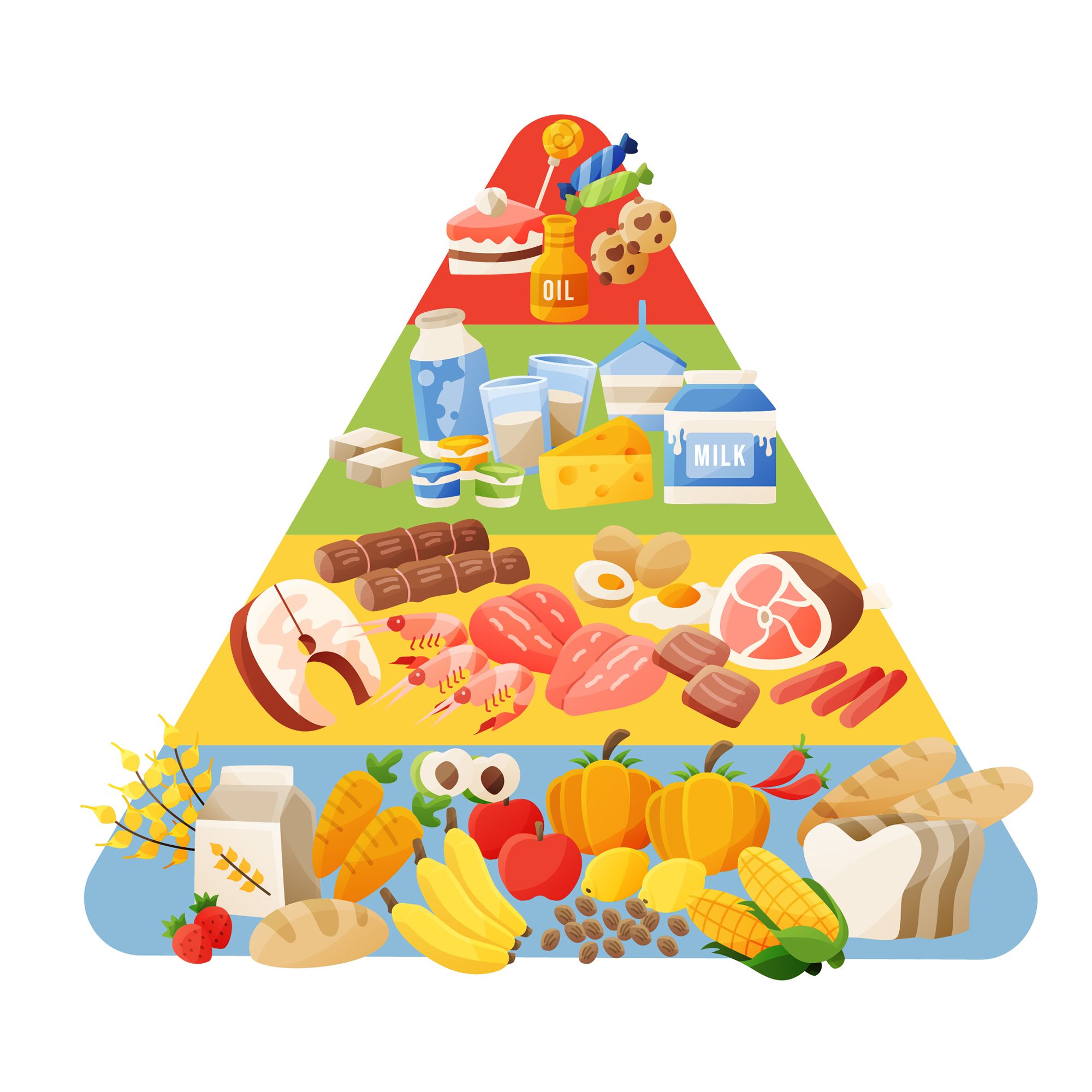
🎓 Definition
A category refers to a group of products that are related to each other and are typically sold in the same section of a store.
The category is an important concept in the Merchandising Hierarchy, which refers to the organizational structure that Retailers use to manage their product offerings.
A category is the same as Range and includes its activation: Promotions. Nowadays, promotion is often enlarged to CRM and is personalized and Targeted (although CRM is often managed by Marketing)
🧪 Example of Category
The Fresh Produce category comprises a variety of fruits and vegetables, such as apples, bananas, oranges, lettuce, tomatoes, and cucumbers.
Retailers typically dedicate a significant portion of their store to fresh produce, as it's a staple item for many customers. Within this Category, Retailers may choose to offer a variety of organic, locally sourced, or seasonal produce options to appeal to different customer preferences.
Retailers may also segment produce by types, such as leafy greens, root vegetables, or citrus fruits, to help customers navigate the category more easily.
❓What is the Category used for
- Categories are used to group similar products together in order to make it easier for customers to find what they are looking for.
- Categories allow Retailers to organize their stores in a way that makes sense to customers and helps them navigate the store more easily.
- By grouping products together into categories, Retailers can also better manage their inventory and track sales performance.
- It also helps Retailers make informed decisions about product assortment, pricing, and promotions, as they can analyze sales data for each category to identify trends and opportunities.
Overall, categories are a key component of a Retailer's merchandising strategy and can have a significant impact on customer experience and sales performance.
How do Retailers determine which products belong to a specific category?
Retailers often categorize products based on various criteria such as product type, customer demand, sales data, and market trends. They may also consider factors like brand, price range, and customer preferences when determining the classification of products within a specific category. This categorization process helps Retailers organize their product offerings in a way that makes sense to customers and allows for efficient inventory management.
What are the challenges faced by Retailers when managing and organizing categories?
Managing and organizing categories can present several challenges for Retailers. Some common issues include navigating seasonality changes, adapting to shifting customer preferences and managing a diverse range of products within a single category. Additionally, Retailers may face challenges related to optimizing shelf space, ensuring consistent product availability, and coordinating promotions and pricing strategies across different categories. Despite these challenges, effective category management is crucial for enhancing the customer shopping experience and driving sales performance.
How do Retailers measure the success of a category in terms of sales performance?
Retailers use various metrics and methods to measure the success of a category in terms of sales performance. This may include tracking sales volume, monitoring profit margins, analyzing customer retention rates, and evaluating the return on investment for promotional activities. Additionally, Retailers may utilize sales forecasting tools, market research, and competitive analysis to identify trends and opportunities within individual categories. By regularly evaluating these key performance indicators (KPIs), Retailers can make informed decisions about product assortment, pricing strategies, and promotional efforts to optimize the performance of their categories.